A crucial milestone has been reached on the path towards global regulation of safety standards for large industrial fishing vessels across the world, and those working onboard. Nicaragua is the 22nd State to become a party to the Agreement, thus fulfilling one of the two required criteria for the entry into force of the
2012 Cape Town Agreement (CTA).
The second condition – that the States which are Party to the treaty must have an aggregate of at least 3,600 fishing vessels of 24 metres and over operating on the high seas – is yet to be met. The Agreement will enter into force 12 months after the date on which both requirements have been satisfied.
IMO Secretary-General Kitack Lim welcomed the deposit by Nicaragua.
“I congratulate Nicaragua on its deposit, which takes us a step further to meeting the entry into force criteria for this vital treaty on fishing vessel safety. I encourage and urge States which have not yet done so, to take the necessary steps to become a party to the Cape Town Agreement.”
“We cannot afford to be complacent when it comes to addressing safety of fishers and fishing vessels. It is time to ensure the Agreement enters into force as soon as possible, to complete the missing pillar for safe, sustainable and legal fishing,” Secretary-General Lim said.
H.E. Mr. Luis Erick Rodríguez Lanuza, the new Ambassador of the Republic of Nicaragua to the United Kingdom of Great Britain and Northern Ireland, deposited his country's instrument of accession on 19 October 2023.
The purpose of the Cape Town Agreement is to improve safety standards in the sector thus reducing loss of life, and to ensure improved working conditions for fishers. Additionally, its provisions are designed to tackle illegal, unreported and unregulated fishing, reduce marine pollution and enhance protection of polar waters, as well as decrease risks for search and rescue services.
Once in force, the Agreement will introduce minimum requirements in the design and construction of fishing vessels of 24 meters or more in length, or the equivalent in gross tons, as well as in the inspection of those vessels by port States. It includes mandatory international requirements for stability and associated seaworthiness, machinery and electrical installations, life-saving appliances, as well as for communications equipment and fire protection.
History of the Cape Town Agreement
The International Convention for the Safety of Life at Sea (SOLAS) is generally considered the primary treaty for the world’s shipping fleet – but fishing vessels are exempted from most SOLAS regulations, such as those that apply to ship construction, life-saving appliances and fire protection.
Although the Cape Town Agreement was adopted in 2012, work to introduce a mandatory regulatory framework for fishing vessels began 35 years previously with the adoption of the 1977 Torremolinos International Convention for the Safety of Fishing Vessels. Not enough countries ratified the Convention due to the complexities of implementing its provisions, so an updated version called the Torremolinos Protocol Relating to the Torremolinos Convention was developed. It was adopted in 1993 but faced the same difficulties as the Convention in attracting the required number of ratifications, preventing its entry into force.
The subsequent 2012 Cape Town Agreement was the result of five years of intensive discussions to achieve consensus on an instrument that would introduce an effective and robust globally binding agreement to address the safety of fishers and fishing vessels.
IMO’s commitment to improving safety in the fishing industry
IMO has worked hard, in cooperation with other UN organizations such as
FAO and
ILO and non-governmental organizations, including
The Pew Charitable Trusts, to encourage and support States to ratify and implement the Cape Town Agreement. That work continues.
In October 2019, the largest fishing vessel conference in the history of IMO took place, the Torremolinos Ministerial Conference on Fishing Vessel Safety and IUU Fishing: 125 States, 70 ministerial-level representatives, 30 international organizations and more than 500 delegates attended.
IMO has developed an
easy guide to the Cape Town Agreement which provides a clear and comprehensive explanation of why the treaty is needed, along with valuable information resources on all aspects of the Agreement, and materials to download, including informative videos.
Contracting Parties to the Cape Town Agreement
The 22 contracting Parties to the CTA are: Belgium, Belize, Congo, Cook Islands, Croatia, Denmark, Finland, France, Germany, Iceland, Japan, Kenya, The Netherlands, New Zealand, Nicaragua, Norway, Peru, Portugal, Saint Kitts and Nevis, Sao Tome and Principe, South Africa and Spain.
International Convention on Standards of Training, Certification and Watchkeeping for Fishing Vessel Personnel (STCW-F)
The International Convention on Standards of Training, Certification and Watchkeeping for Fishing Vessel Personnel (STCW-F) entered into force in 2012, 17 years after its adoption.
The IMO Maritime Safety Committee (MSC 107) in June 2023 approved a revised and updated STCW-F treaty. Provisions in the Convention have been updated and amended and competencies have been transferred to an associated new mandatory Code, the Standards of Training, Certification and Watchkeeping for Fishing Vessel Personnel (STCW-F) Code.
The revised STCW-F Convention and the draft new STCW-F Code will be submitted to MSC 108 (to be held in the first half of 2024), with a view to adoption.
The STCW-F Convention supports harmonization of qualifications by introducing a minimum level of training for everyone working on fishing vessels to which the Convention applies. This, in turn, facilitates free mobility of fishers between countries that have ratified and implemented the STCW-F Convention and creates a level playing field in the sector.
Fishing is one of the most dangerous occupations in the world, with thousands of fishers estimated to lose their lives every year whilst working to supply the world's growing appetite for fish and fish products.
The four treaties aimed at improving fishing vessel safety globally are:
·IMO's 2012 Cape Town Agreement (not yet in force)
·IMO's STCW-F Convention on training of fishers – it entered into force in 2012.
·International Labour Organization (ILO) Work in Fishing Convention 2007 (Convention No. 188) entered into force on 16 November 2017. It sets minimum requirements for work on board including hours of rest, food, minimum age and repatriation.
·The Food and Agriculture Organization of the United Nations (FAO) Agreement on Port State Measures to Prevent, Deter and Eliminate Illegal, Unreported and Unregulated Fishing (PSMA), 2009, which entered into force in 2016. It seeks to prevent, deter and eliminate IUU fishing through the adoption and implementation of effective port State measures.
Source:
IMO
The opinions expressed herein are the author's and not necessarily those of The Xinde Marine News.
Please Contact Us at:
media@xindemarine.com

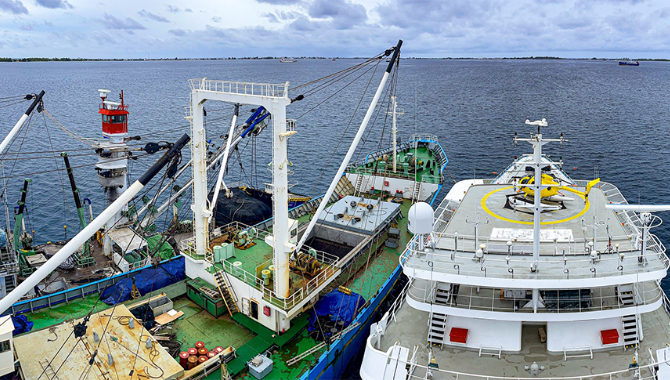
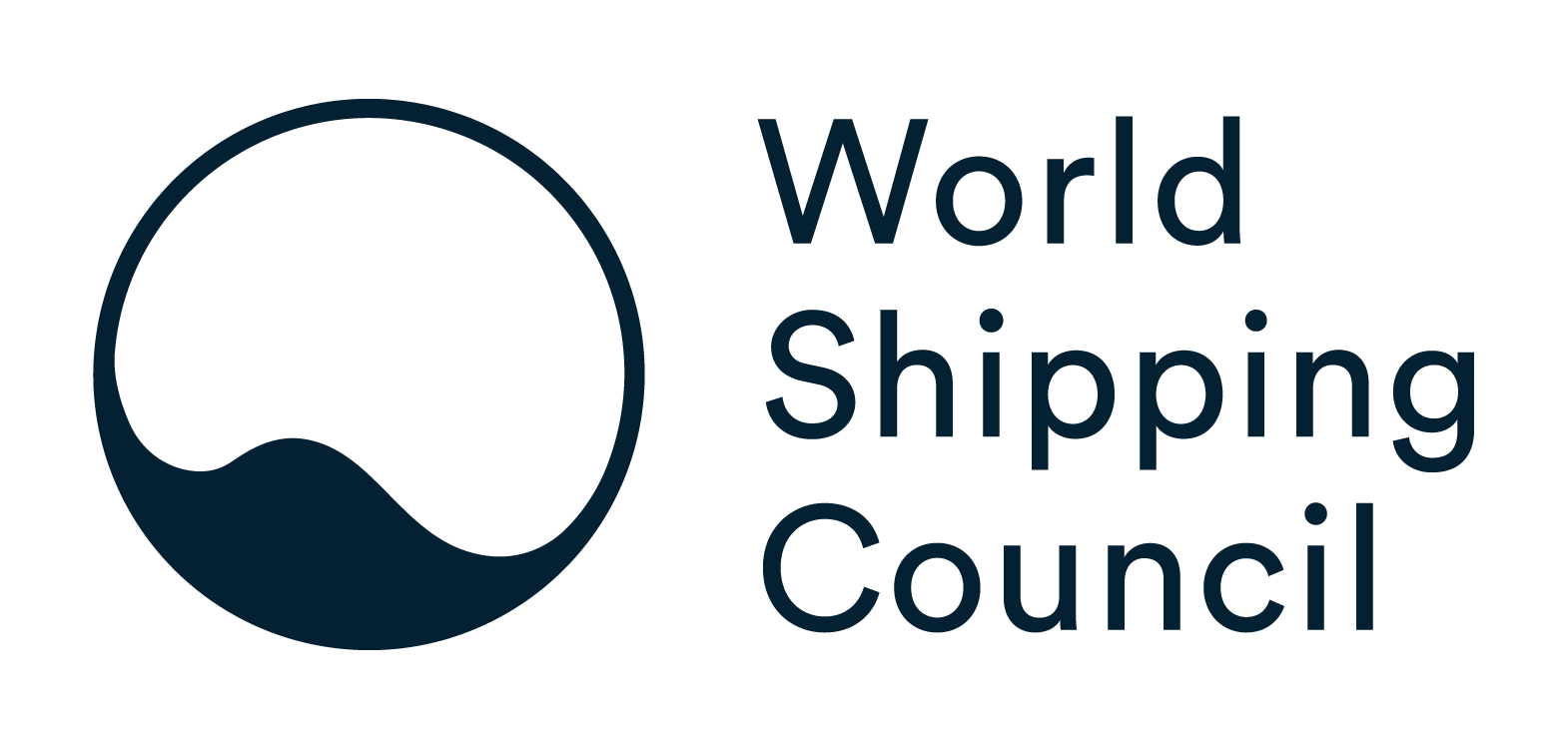 EUNAVFOR ASPIDES: WSC welcomes EU support to protec
EUNAVFOR ASPIDES: WSC welcomes EU support to protec  Ocean Network Express Unveils Asia Pacific 1 (AP1)
Ocean Network Express Unveils Asia Pacific 1 (AP1) 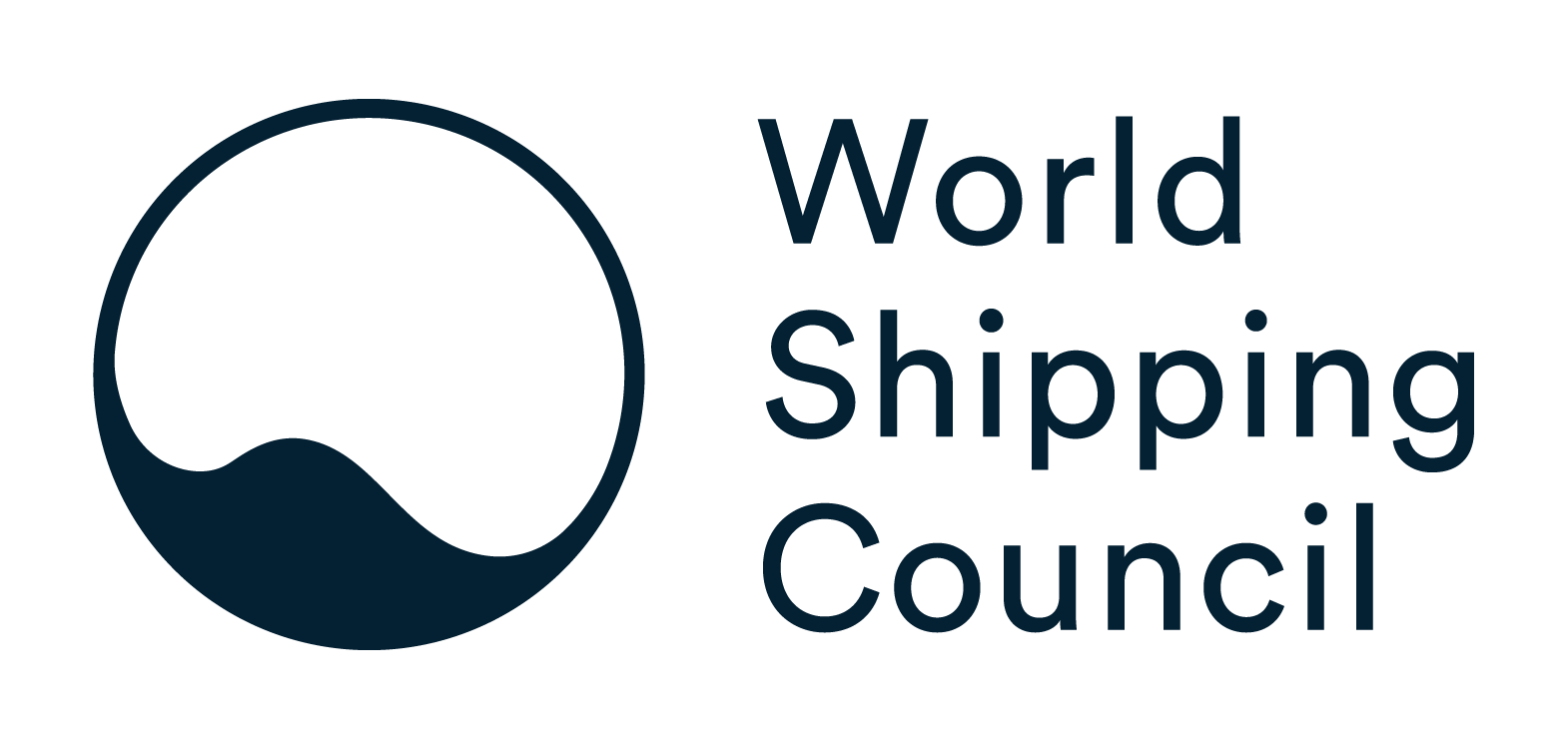 Delivering net-zero shipping by 2050: Introducing t
Delivering net-zero shipping by 2050: Introducing t 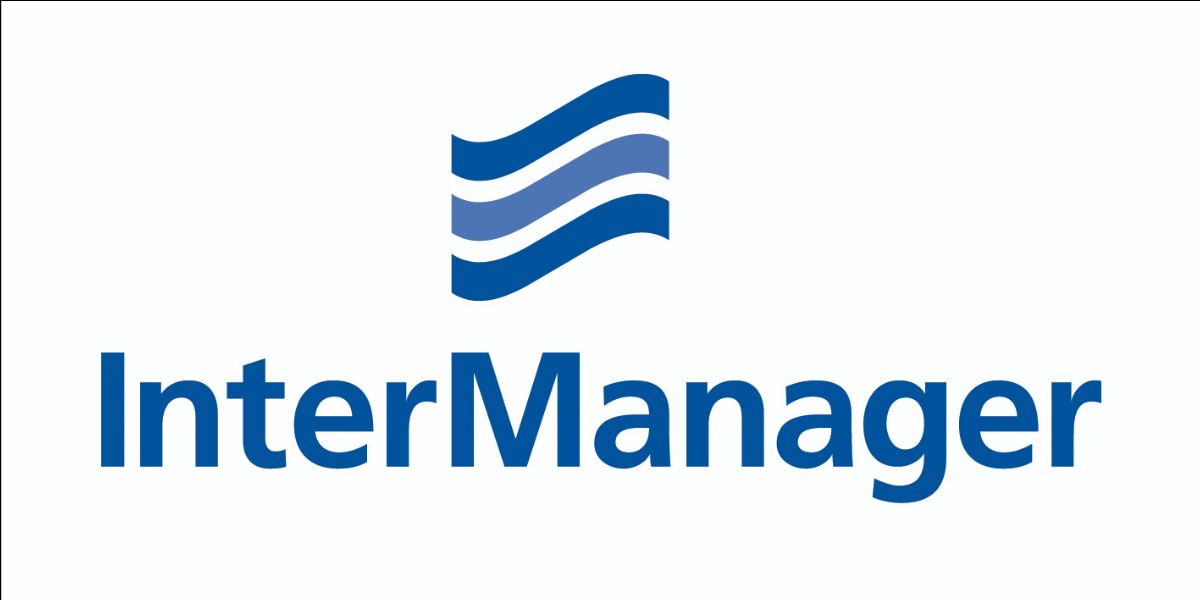 Shipping big hitters endorse InterManager’s new G
Shipping big hitters endorse InterManager’s new G 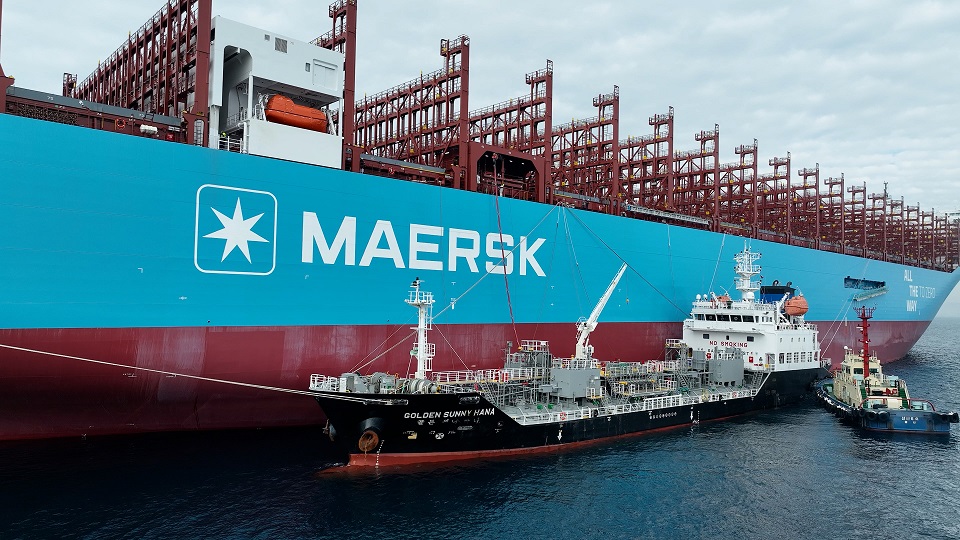 Ulsan Port's world-first achievement in pioneering
Ulsan Port's world-first achievement in pioneering  Zero Emission Shipping Fund proposal submitted to U
Zero Emission Shipping Fund proposal submitted to U